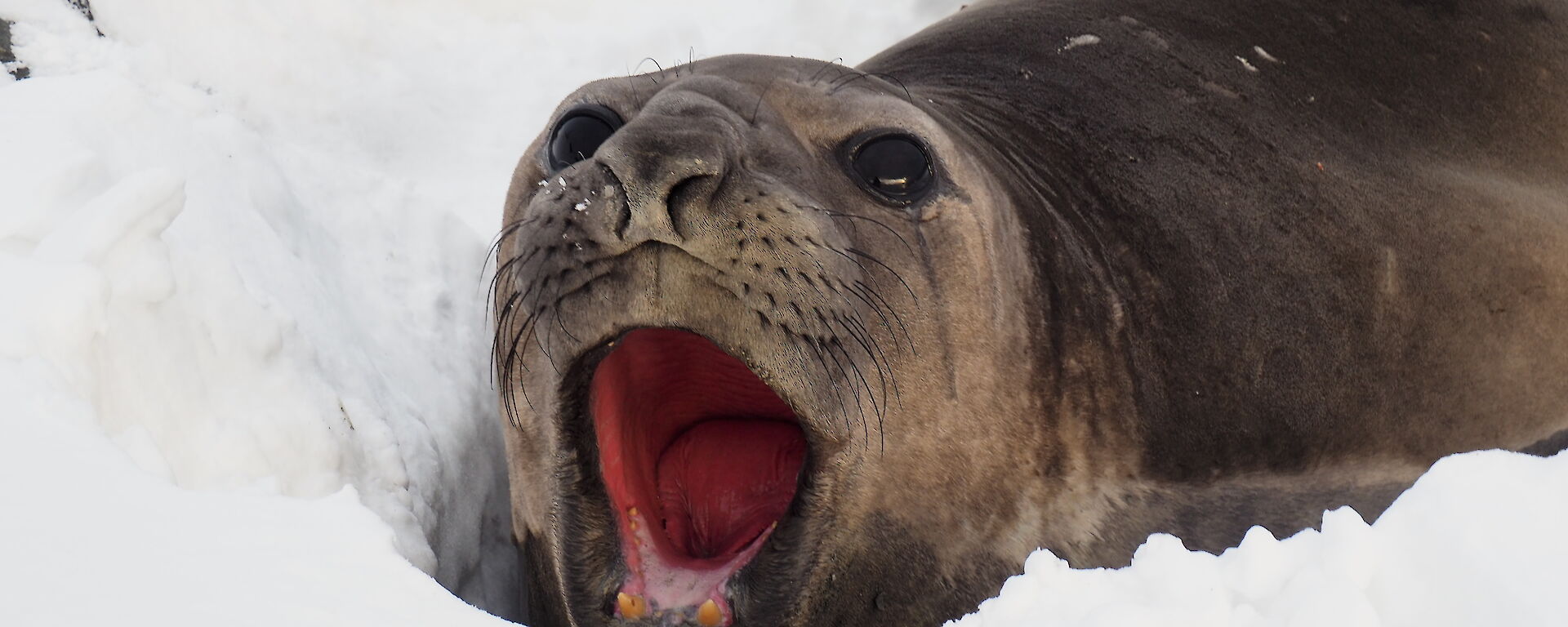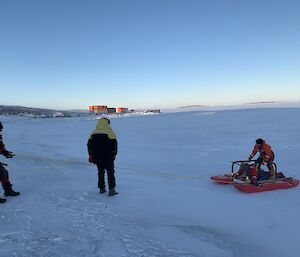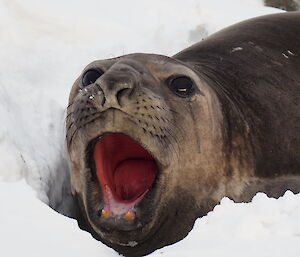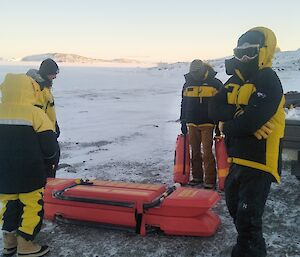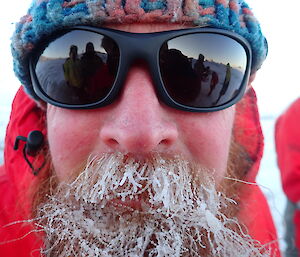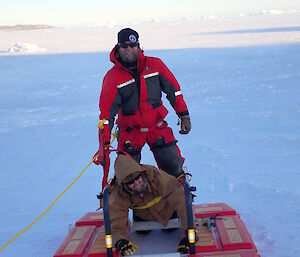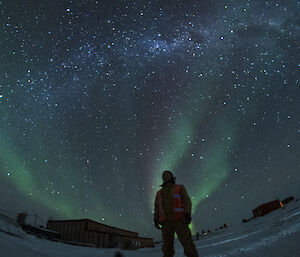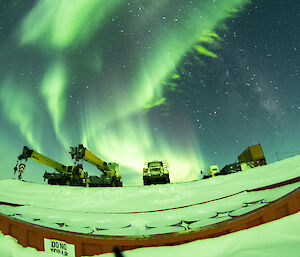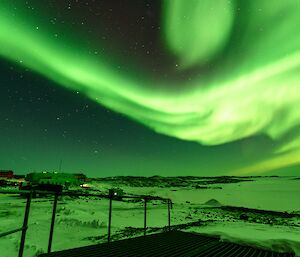This week at Davis, after weeks of watching sea ice form before our eyes in the waters surrounding the station we call home, consultation with the experts back at our head office in Kingston gave us the green light to finally take our first steps out onto the ice!
Our mission was two-fold: 1.) Drill the sea ice to sample the quality and thickness and 2.) Have our SAR (Search and Rescue) team perform a sea-ice rescue scenario. Both of these goals were to be achieved using a special apparatus known as the “rescue alive” platform. Resembling something like a hybrid of two small canoes with playground sized parallel gym bars rising out of them, this platform allows us to manoeuvre across ice of unknown quality safely, and to rescue a casualty who has fallen through bad ice quickly.
With our rescue alive platform assembled and in place on the shore, phase one — sea ice drilling, could commence. Our fearless FTO (Field Training Officer) Jason was the first to take steps into the unknown. Walking someway out onto the ice, guiding the platform and tethered by rope to the shore, Jason plunged a specialized drill flute into the ice and took some measurements. Satisfied with the result Jason returned to shore, and we were ready to embark upon phase two — sea-ice rescue.
With a role in the SAR team I bravely and gallantly (or perhaps far more likely: foolishly) volunteered to take on the role of a rescuer. This entailed me having to “save” Jen, who had only just moments prior performed her own act of heroism by rescuing of our FTO from the perils of simulated sea-ice breakthrough. The most difficult part of the rescue by far, wasn’t actually performing the rescue itself. It was changing into a mustang suit (for cold protection in case you get wet) which required stripping down to my base layer of clothing on shore in −20°C and 20 knots of wind, meaning the “wind chill” or rate of cooling on my body was the equivalent to −35°C, was certainly an experience I will not soon forget.
Of course, there’s no time to focus on the cold when trouble is afoot. So in no time a rescue was performed, and our chilled out crew was able to retire to the comforts of the LQ (living quarters) and warm up by feasting on a Saturday buffet brunch.
- Peter Boyle

